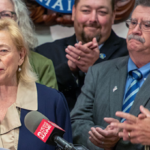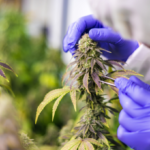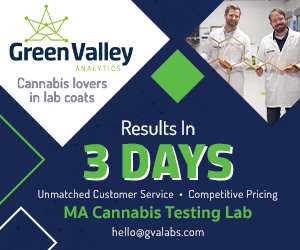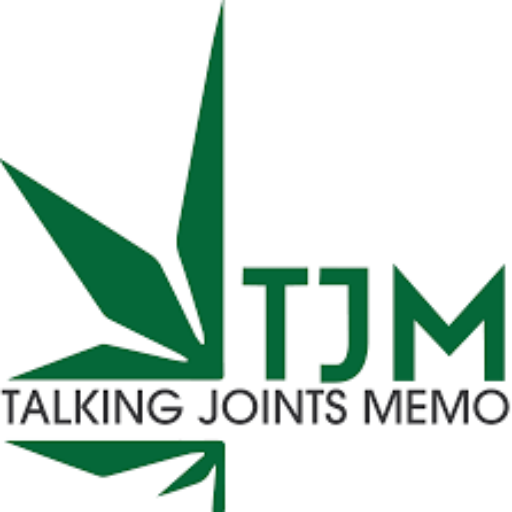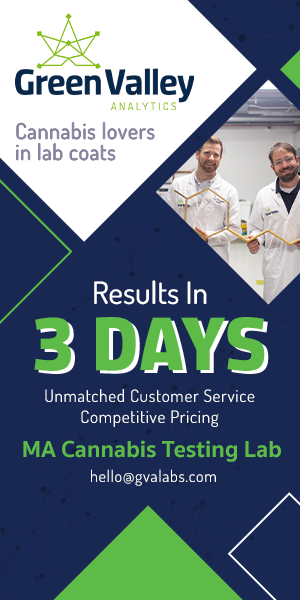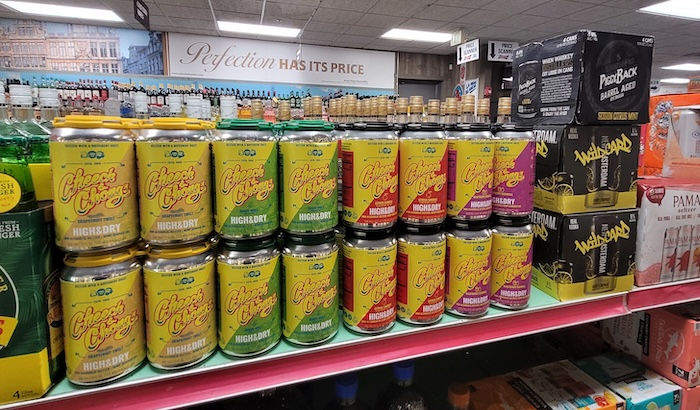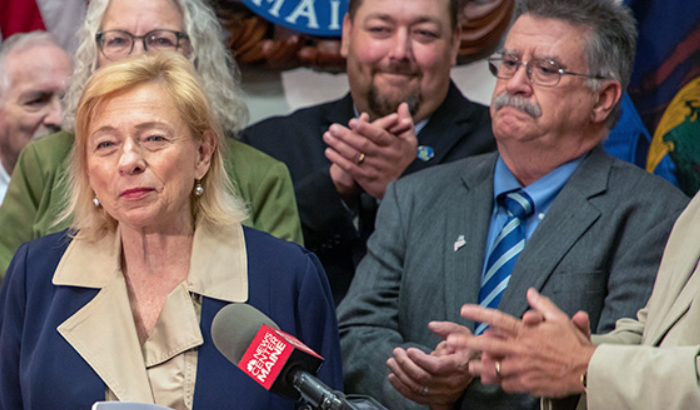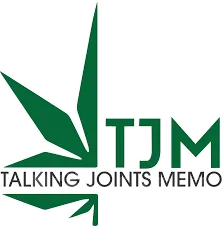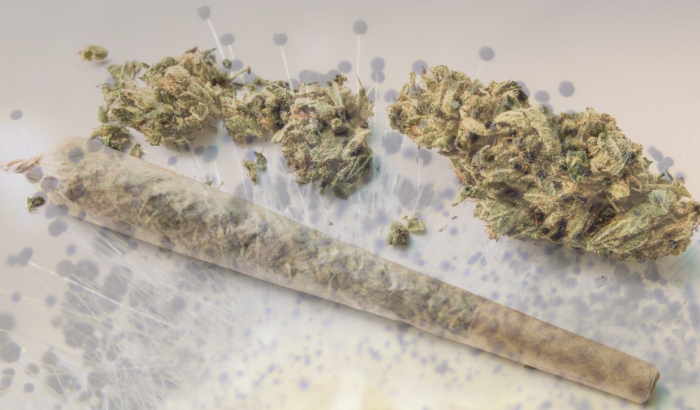
Massachusetts has a cannabis fraud problem, and not just in terms of inflated potency
Exactly how moldy your cannabis flower might be depends on which lab was used to test it, according to data compiled by Yasha Kahn. As the VP of marketing and technology for MCR Labs explained during NECANN in Boston last month …
“Mold is everywhere, and 95% of failures are because of this test,” Kahn said. “Failing a safety screen is expensive. One option is to remediate. The most popular is irradiation, and that is expensive.”
Before they are allowed onto the shelves of dispensaries, all cannabis products in the state must be tested at one of the 16 licensed independent testing labs. Along with analysis for potency, the sample must also contain no more than 10,000 colony forming units (cfu) of mold or yeast. If the sample fails the microbial test, the batch it came from must either be destroyed or remediated, which means the product is cleaned, often with the use of radiation or an ozone treatment.
Kahn, who has presented his data to regulatory agencies in multiple states, said he often hears the typical failure rate for mold in other states is around 15%. In Massachusetts, however, there was only a 6.5% failure rate for mold in 2023, and he suspects that disparity is the result of at least two labs, which he has not named, that may have created a safe harbor for moldy products.
“How could that be? Is it because our borders protect us from mold? Is there something unique about us?” he asked. “When we dive into the data, what we can see is that it’s lab specific. While we do have labs in the state with failure rates similar to other states, these two labs have failure rates that are five-to-seven times lower than what we see in other Massachusetts labs and labs in other states.”
When cultivators find out they can opt for a lab that will likely give their moldy bud a passing grade, it can make it tougher for other more scrupulous labs to stay afloat.
“We have customers coming to us saying they passed this sample at a different lab,” said John Ferguson, CEO and co-founder of Green Valley Analytics. “We’ve lost customers; we’ve had people walk because they claim to have not had a failure in a year, or their failure rate is 1%, while the state average is 13%, which is what we usually see.”
Typically, the process of measuring for microbials involves breaking the plant matter down and plating it to see if any mold or yeast grows. There are a variety of acceptable mediums used in these plates, but different types can produce varying results.
“It becomes a business decision at some point,” Ferguson said. “When you have enough labs who are all competing for a finite pool of customers, you get people acting desperately. So maybe they do decide to change their methods to something more prone to giving a passing result.”
“We certainly need standardization. The regulations as they stand are very vague,” said Megan Dobro, CEO and founder of SafeTiva Labs in Westfield. “If you take total yeast and mold, they include different species in the list of what they count in total yeast and mold. There is only 20% to 60% overlap of species between the platforms.”
Those differences can also make it challenging for labs when clients do not fully understand why there might be discrepancies in results between labs, according to Dobro.
“They don’t understand why they are passing at one and failing at another,” she said. “It’s really hard for growers in Massachusetts to pass. By necessity, they need to do other remediation techniques in order to pass the test.”
One possible solution would be if Massachusetts were to create a state-run reference lab, allowing the commonwealth to audit independent labs. At this juncture, though, there is a lot of skepticism among operators about the likelihood of such a lab coming online any time soon.
“The state wants a reference lab,” Khan said. “Maryland just opened theirs. California is opening another one for $11 million. Michigan is three years into trying. … We should have a reference lab, but legislators are not going to give the CCC more money right now.”
In the absence of such a facility, Kahn suggested one solution could be to make testing data open to the public.
“The moment that the public can get access to the data,” he said, “they will see that there is a major difference between labs.”







